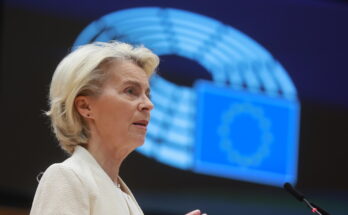In other European countries, for example Poland or France, there is no national system, so citizens there will be faced with higher CO2 prices and heating and refueling costs for the first time on January 1 2028. Because it can be assumed that energy companies and gas station operators will pass on the certificate costs to consumers.
The following list shows the development of national CO2 prices over the years:
Important: From 2026, national CO2 prices will also be based on supply and demand for the first time, but with a limit that they cannot rise above 65 euro/tonne. This is intended so that consumers and companies can get used to the principles of the European system (where prices are set freely) without being exposed to excessive price increases.
The extent to which CO2 prices fall in 2028 depends on how high demand for certificates is on January 1, 2028. This is difficult to predict from today’s perspective. But EU countries want to prevent prices from rising above the 50 euro/ton level initially. In many European countries, unlike Germany, there is no national CO2 price to familiarize citizens with the system. So you start in ETS 2 at a relatively high price.
To stabilize prices, there is a so-called market stabilization reserve (MSR). These are additional certificates that the EU could spontaneously offer for sale if prices threaten to rise too high.
For Germany, stabilization at 50 euro/tonne means fossil fuels could become slightly cheaper again for the first time from 2028. However, sharp increases are expected in the longer term. Most estimates assume that certificate prices will range between 100 and 130 euros per tonne in 2030, and even more than 300 euros/tonne in 2040. Consumers will therefore face a huge additional burden. For example, with a CO2 price of 120 euros/tonne, the price of petrol will rise from 1.50 euros/liter to 1.79 euros/liter.
The income the country receives from CO2 pricing flows into the Climate Change Fund (KTF). This is intended to finance programs and projects that make the country more climate friendly. For example, funding programs for heating replacements will be funded from this, but also funding programs for energy efficient building renovations.



